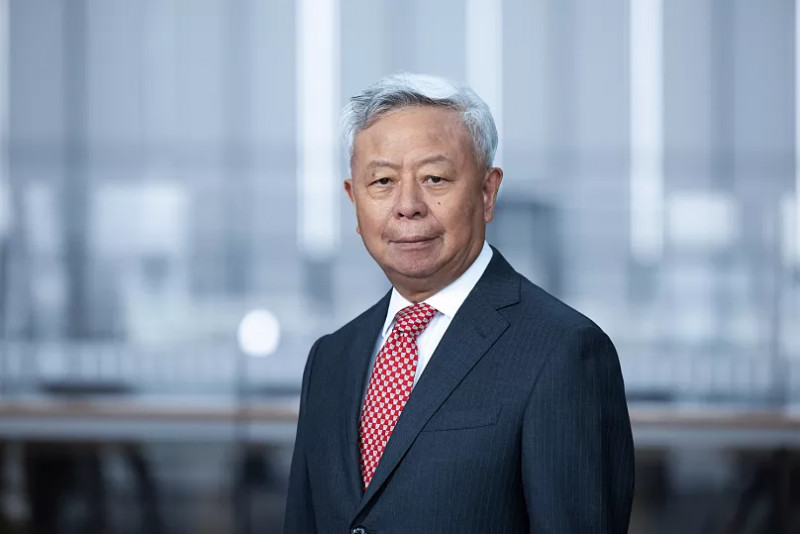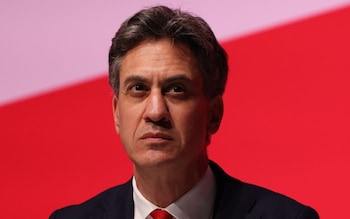AIIB is ramping up its work with other multilateral development banks and the private sector on energy, transport and other projects to boost economies and tackle climate change around the world, says AIIB President Jin Liqun. Because public funding will never be enough.
Before we get to that, for those unfamiliar with AIIB, we ask Jin what this AAA-rated bank is about.
“The Asian Infrastructure Investment Bank was set up in 2016 to promote broad-based economic and social development through investment in infrastructure and other productive sectors,” Jin says. ”AIIB is a Multilateral Development Bank with its governance, practice, management similar to the World Bank, ADB, EBRD. - all of those development institutions.”
One concrete example of infrastructure: getting African farmers’ crops to market on the other side of the planet: cross-border connectivity.

“We financed a rural road in Cote d'Ivoire, an African country far away from Asia,” Jin says. ”And this rural road, could link the people, farmers in remote mountainous areas and help them ship their agricultural products out of their village and be shipped to the Abidjan port and all the way to Vietnam.”
And you can’t do that without private investment, says Jin. AIIB, like other MDBs, can help in risk-sharing and mitigating risks.
“Vietnam is a very important, country to process cashews, mobilising private sector investors to sustain the development through investment in infrastructure is really important. Now there is one point I like to highlight. The private sector investors are certainly very much sensitive to risks. They would like to make sure that the investment they made in a particular country would be profitable.
Those risks can include: ‘’the business cycle, sometimes because of the policy issues, sometimes the enabling environment for private sector investment needs to be improved,” Jin says. ”That is why in order to help individual private sector investment projects to be done in our client countries, we recently had the board approve climate-focused policy-based lending.”
That also includes advising governments on how to create a business environment more conducive to private investment, says Jin. “The idea is to improve the macroeconomic regulatory environment of the countries so that private sector investors would feel more comfortable investing in a particular country.”
For example AIIB is backing a project in Bangladesh.
”We recently approved climate-focused, policy-based lending to Bangladesh to promote private sector investment in the green economy,” Jin says. ”It is very important to note that the enabling environment of any developing country is crucial for their green economy. And this is the first project we are working on after the board approved this policy on lending.”
“It's not, simply a policy on lending, cutting a check and giving the money to the government,” adds Jin. ”No, we focus very much on what kinds of things the government would have to do to improve the enabling environment. You invite some private sector investors to do a green solar panel project. Where is the transmission line? What is the grid and how do you transmit the power, to have access to the power grid?
AIIB’s annual meeting in September, this time in Uzbekistan, highlighted a project there.
“We brought the board to visit one. It was based on a solar panel project,” say Jin. “This project is 240 megawatts, which can provide power to 264,000 households, reducing carbon dioxide emissions every year by 270,000 metric tons.
"And for this, as you know, solar power plants need to have vast land," says Jin. "This project takes 40 hectares of land, so it will be in certain areas where the land may not be the best for farming."
It’s part of the world’s green transition that needs all hands on deck, including multilateral development banks like AIIB and others. Jin says that’s why cooperation among them is key.
“There is a vast need for development financing. And when more MDBs put their resources together, it is still way below what is needed,” says Jin. ”As you may know, over the last couple of years, all of the MDBs have closed ranks, and we have had MDB meetings at least twice a year. And more than that, we put our heads together working on cooperation, collaboration.”
“We co-finance a lot of projects. With other institutions, for instance, with ADB (Asian Development Bank). We financed a big number of projects, and with the World Bank, we co-financed projects. So we are not competing with each other. We are working together as a system.“
It’s also symbiotic, Jin says.
“You may notice that we had a project, a $1 billion project to provide a guarantee to the World Bank's portfolio so that World Bank could release its capital, recycle its capital to do new projects. And so far as AIIB is concerned, we could improve the quality of our assets by the guarantee program. Thereby, we can do more in lower-rated countries. So the cooperation among the MDBs has been wonderful."
And how did AIIB get its AAA rating from the ratings agencies?
"The rating companies look at the governance, our governance. It's similar that governance of all the multilateral institutions. We have a board of governors, board of directors and a management. And secondly, the rating companies look at the team, the senior management, our members, we have the Executive Committee and also the way we process projects, we manage financing, investment of financial resources and operations and preparation.
Jin points out that he's the only Chinese national on the Executive Committee, with a wide range of nationalities from AIIB's more than 100 member countries. And when his term as president ends in 2026, who assumes the helm?
"We have the Articles of Agreement indicating that the president should be an Asian national and the president should be selected and elected on the basis of fair competition. It's merit-based," he said.
In the meantime, the battle goes on to fight climate change.
"As a multilateral development bank, we do what it takes to promote financing for climate change mitigation-adaptation," Jin says. With AIIB's Infrastructure for Tomorrow programme, "it's not the infrastructure financing some people saw decades ago. We actually have infrastructure investment and climate financing closely interlaced.
"When we finance mass transit assistance, this is to reduce the emissions. When we finance a renewables and power transmission and all these kinds of infrastructure projects, it would be conducive to transition to net zero for many of our countries," says Jin. "I believe as long as all of the MDBs are working, continue to work as a system, as long as we can mobilise private sector resources, we can achieve the objective. I'm optimistic."
AIIB has approved 286 projects amounting to over USD54.87 billion in 37 member countries. Its strategy focuses on four priorities: Green Infrastructure; Connectivity and Regional Cooperation; Private Capital Mobilisation; and Technology-enabled Infrastructure. In 2023, AIIB’s climate finance reached 60% of total approved regular financing.
Disclaimer: The copyright of this article belongs to the original author. Reposting this article is solely for the purpose of information dissemination and does not constitute any investment advice. If there is any infringement, please contact us immediately. We will make corrections or deletions as necessary. Thank you.



